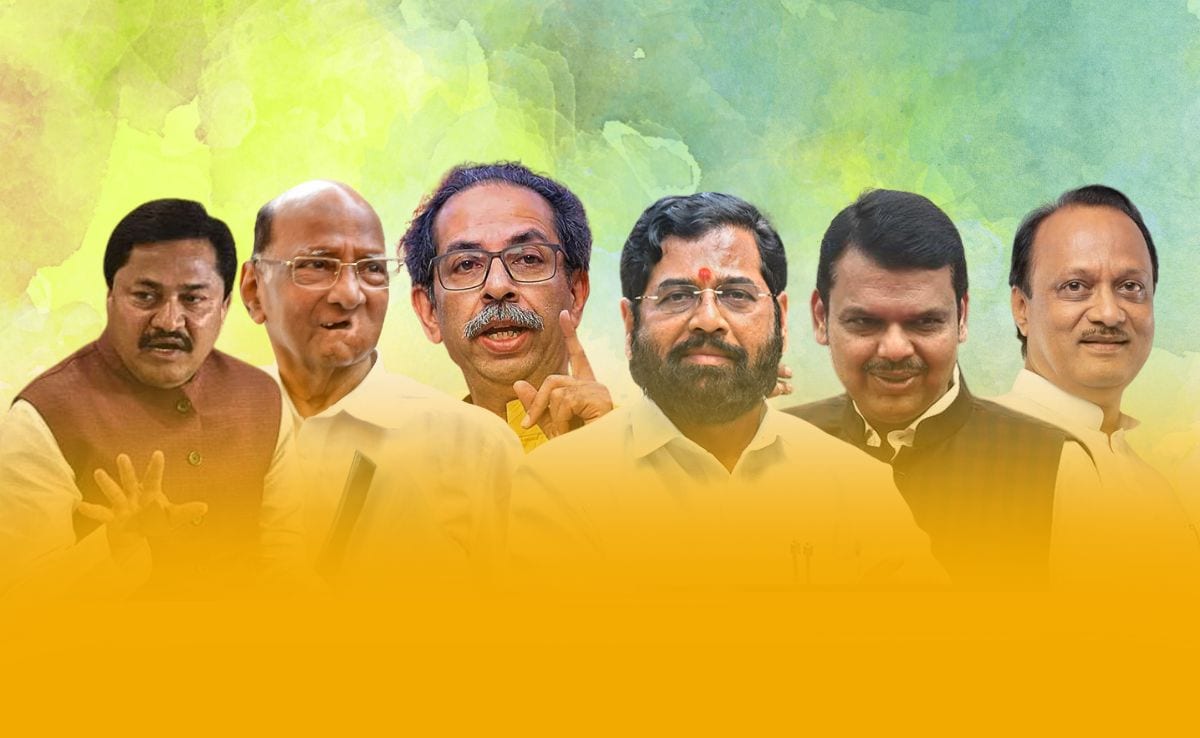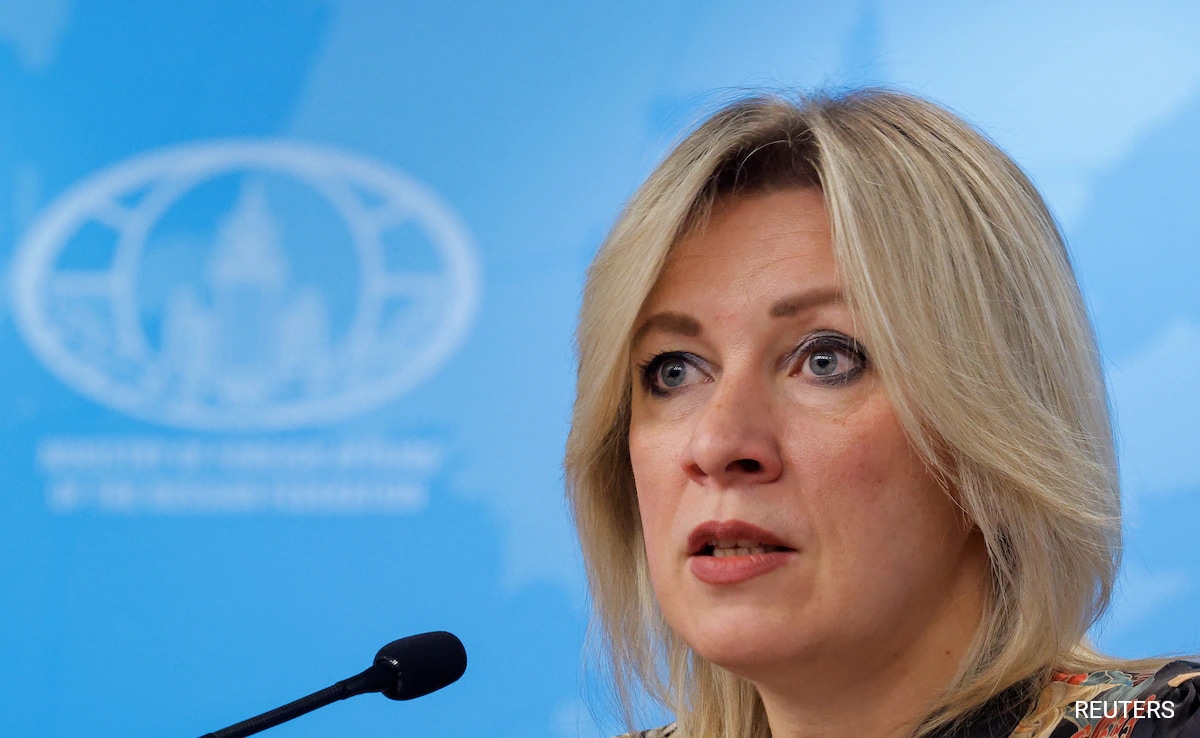Colourism, the bias against individuals with darker skin tones, has long plagued Indian society. The erroneous belief that darker-skinned individuals are somehow inferior and less desirable than their fairer counterparts has persisted for centuries.
This fixation on fair skin has long been exploited by the rapidly expanding skin whitening product industry since the 1980s, which sought to portray ‘fairness’ as the epitome of beauty. However, recent data by Nielsen indicates a decline of 3% in the volume of fairness creams in 2023, compared to the previous year. The overall skincare industry in India is pegged at Rs 15,800 crore in 2023. Fairness creams currently hold approximately 25% of the skincare market, according to the report.
Does this signify a shift away from the obsession with fair skin? Or is it something else? To analyse this, it is imperative to delve into the magnitude of the fairness cream industry and the kind of patronage it enjoys.
The Obsession With Fairness
Triggered during the rule of the Caucasian British and further perpetuated by class divisions, the preference for fair skin became deeply entrenched in the psyche of the Indian populace. This preference had originally led to the use of bleaching products. However, the Indian market – more particularly, women – had been eagerly waiting for a skincare product that would help them meet the societal ideal of a ‘fair bride’, often advertised in matrimonial columns.
In 1975, Hindustan Unilever Ltd (HUL) responded to this demand by introducing ‘Fair & Lovely’, promoted as a safe alternative to bleaching. This face cream, promising fairer skin in six weeks, resonated with women fixated on lighter skin tones and quickly became a cornerstone of the Indian cosmetic market. Subsequently, numerous other brands, such as Emami, L’Oréal, Ponds, and Neutrogena, entered the segment with their own offerings with products that emphasised anti-tanning and anti-pollution properties.
Television commercials in the 1980s furthered discriminatory messages, suggesting that darker-skinned individuals faced challenges in securing employment or marriage proposals unless they attained fairness through the use of these creams. After facing significant criticism, Fair & Lovely underwent a rebranding effort to focus on women’s empowerment, and ultimately renamed its ‘Glow and Lovely’. This was in 2020.
Something For Men, Too
The trend touched men as well, with Emami in 2005 launching ‘Fair and Handsome’, the first fairness cream for men, followed by HUL’s Glow & Handsome. The endorsement of skin-whitening creams by A-list Bollywood stars further strengthened the notion that beauty meant fairness.
However, over the last few years, there has been a noticeable shift from the pursuit of ‘fairness’ to ‘glow’ among millennials.
“The millennials are a wide-swathe generation. Attitudes in this generation have changed with gusto on many categories of consumption. The fairness cream is the first that was hit. Both the physical and political incorrectness of the category has hit consumption,” says Harish Bijoor, Brand Guru & Founder, Harish Bijoor Consults Inc.
Bijoor further adds: “People have moved from fairness creams to skin-glow creams. Eventually, even skin-glow shall pass the mantle over to natural skincare serums. Expect loss in the share of the fairness cream market in the near to medium term for sure.”
Breaking Stereotypes
Increasing awareness has prompted a shift in the narrative around fairness. Initiatives such as the ‘Dark Is Beautiful’ campaign, launched in 2009 by the Indian NGO Women of Worth and championed by Bollywood actor Nandita Das, aim to challenge stereotypes associated with fairness. In 2014, India banned ‘colourist’ advertising, prohibiting the depiction of darker-skinned individuals in a negative light. Social media activism, coupled with global discussions on racism following events such as the death of George Floyd in 2020, have also contributed to changing mindsets. In response to mounting criticism, consumer brands like HUL have removed labels such as ‘fair’, ‘white’, and ‘light’ from their products, including skin-lightening creams popular in India.
While the fairness products market continues to generate substantial profits, seeing a growth rate of 5.4% in 2023, concerns remain regarding consumer awareness about the potential side effects of such creams, which include skin damage and even poisoning due to the presence of mercury, melanin, and hydroquinone in certain products.
Channamma Kambara of the Bengaluru-based Institute of Social and Economic Change observes: “This generation is comfortable in their own skin and are well-informed scientifically about the genes and melanin. They are more focused on other aspects, like glowing skin, bright and radiant skin, skin without breaks, etc.”
Millennials’ Shifting Skincare Preferences
In addition to Eurocentric ideals, young Indians have also been influenced by the flawless, glass-like skin popularised in Korean culture. Exposure to K-dramas, South Korean pop stars, and actors with seemingly perfect skin have set such beauty standards. Consequently, the skincare industry has responded by emphasising ‘realistic’ skincare regimens focused on cleansing, moisturising, sun protection, and addressing acne scars and hydration needs.
“The new generation is focusing on skin health rather than fairness. They aspire for flawless Korean skin and follow some kind of skin regimen religiously. Those who are conscious about skin health are now investing in products like Vitamin C serum, anti-acne and anti-pimple products, face wash, sunscreen, face packs, etc. The availability of various brands and beauty products over the counter and online makes that easier,” avers Ms. Kambara.
Despite the shift from ‘fairness’ to ‘glow’, business interests of companies will likely sustain demand for such products. Efforts to change mindsets will require interventions at the educational level, leveraging the soft power of the Indian entertainment and advertising industries, and fostering conscious social movements to promote self-confidence that’s rooted in inner qualities rather than external appearance.
(Bharti Mishra Nath is a senior journalist)
Disclaimer: These are the personal opinions of the author.














